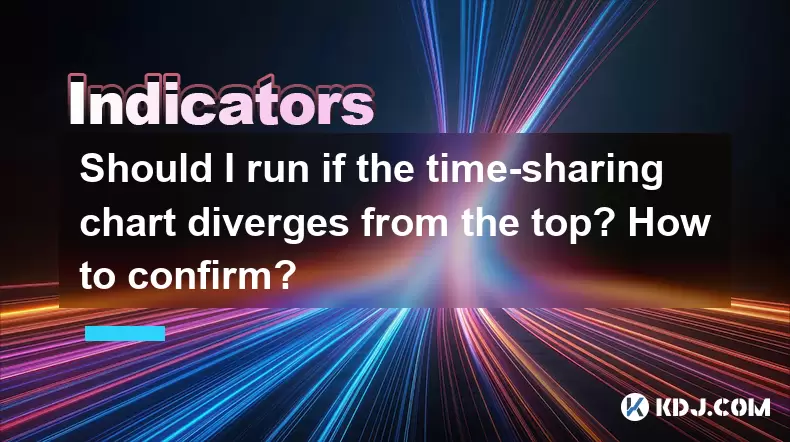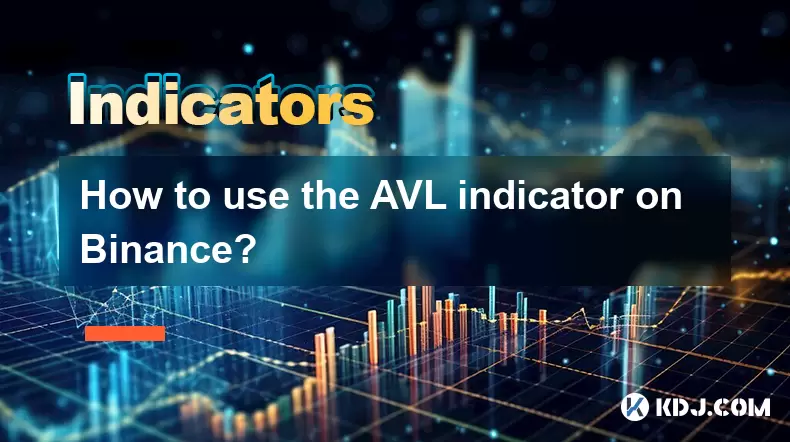-
 Bitcoin
Bitcoin $117700
-0.03% -
 Ethereum
Ethereum $3805
0.49% -
 XRP
XRP $3.098
-1.00% -
 Tether USDt
Tether USDt $1.000
0.03% -
 BNB
BNB $792.8
-1.72% -
 Solana
Solana $177.9
-1.95% -
 USDC
USDC $1.000
0.02% -
 Dogecoin
Dogecoin $0.2202
-1.55% -
 TRON
TRON $0.3278
-2.92% -
 Cardano
Cardano $0.7641
-2.43% -
 Hyperliquid
Hyperliquid $42.21
-2.68% -
 Sui
Sui $3.758
-1.58% -
 Stellar
Stellar $0.4080
-3.21% -
 Chainlink
Chainlink $17.75
-0.33% -
 Bitcoin Cash
Bitcoin Cash $591.8
4.96% -
 Hedera
Hedera $0.2561
-3.09% -
 Avalanche
Avalanche $23.34
-4.24% -
 Litecoin
Litecoin $110.7
1.96% -
 UNUS SED LEO
UNUS SED LEO $8.956
-0.01% -
 Toncoin
Toncoin $3.410
0.79% -
 Ethena USDe
Ethena USDe $1.001
0.03% -
 Shiba Inu
Shiba Inu $0.00001288
-1.82% -
 Uniswap
Uniswap $10.07
-2.06% -
 Polkadot
Polkadot $3.807
-2.27% -
 Monero
Monero $308.2
-2.15% -
 Dai
Dai $1.000
0.03% -
 Bitget Token
Bitget Token $4.521
-0.30% -
 Pepe
Pepe $0.00001134
-1.52% -
 Cronos
Cronos $0.1457
0.65% -
 Aave
Aave $274.9
-2.47%
Should I run if the time-sharing chart diverges from the top? How to confirm?
A bearish divergence at a crypto price peak may signal a trend reversal when the oscillator fails to confirm the new high, suggesting weakening momentum.
Jun 20, 2025 at 03:43 pm

Understanding Time-Sharing Chart Divergence
In the world of cryptocurrency trading, understanding technical analysis tools like time-sharing charts is crucial. A time-sharing chart divergence occurs when the price movement of a cryptocurrency doesn’t align with the movement of an indicator, such as the Relative Strength Index (RSI) or Moving Average Convergence Divergence (MACD). When this happens at a price peak, it may signal a potential reversal.
A bearish divergence at the top typically means that while the price reaches a new high, the oscillator or momentum indicator does not confirm this move and instead forms a lower high. This mismatch can indicate weakening momentum and may suggest that the uptrend is losing strength.
How to Confirm Top Divergence on a Time-Sharing Chart
To accurately confirm whether a divergence exists at the top, traders must compare price action with their chosen oscillator. Here’s how you can do it step-by-step:
- Identify two consecutive peaks in the price chart.
- Check if the second peak is higher than the first — this confirms rising prices.
- On the oscillator (e.g., RSI), look for the corresponding readings during these two peaks.
- If the oscillator shows a lower reading during the second peak compared to the first, it indicates a divergence.
- Ensure both peaks are clearly defined and not part of choppy or sideways movement.
This method helps filter out false signals and ensures you're dealing with a meaningful divergence rather than random noise.
Choosing the Right Oscillator for Divergence Analysis
While several oscillators can be used to detect divergence, some are more effective than others in the crypto market due to its volatile nature.
- The RSI (Relative Strength Index) is widely used because it clearly reflects overbought and oversold conditions alongside divergences.
- The MACD (Moving Average Convergence Divergence) is also popular for spotting trend reversals through histogram changes and line crossovers.
- Stochastic RSI combines two indicators and offers a more sensitive view of momentum shifts.
Each of these tools has its strengths, but they should always be used in conjunction with other confirmation methods to avoid false positives.
Timeframe Considerations in Divergence Confirmation
The timeframe you choose plays a significant role in determining the reliability of a divergence signal.
- Shorter timeframes like 5-minute or 15-minute charts may produce more frequent but less reliable divergence signals due to increased volatility and noise.
- Longer timeframes such as 1-hour or 4-hour charts offer more robust signals, especially when combined with volume analysis and support/resistance levels.
- It's essential to cross-reference divergence signals across multiple timeframes to increase accuracy.
For example, a bearish divergence spotted on a 4-hour chart carries more weight than one seen only on a 15-minute chart. Traders often use a higher timeframe to identify the trend and a lower one for entry points.
Volume as a Confirmation Tool for Divergence
Volume can act as a powerful tool to validate divergence signals. In many cases, declining volume during rising prices suggests that the rally lacks conviction.
- Look for a decline in trading volume during the formation of the second peak in price.
- Compare this with the volume levels during the previous peak.
- If volume is noticeably lower, it supports the idea that buyers are losing interest.
- Use volume profile or on-balance volume (OBV) to further analyze buying and selling pressure.
When volume confirms the divergence, the likelihood of a reversal increases significantly. However, volume alone shouldn't be used in isolation — always combine it with price and oscillator analysis.
Frequently Asked Questions
Q: Can divergence occur in downtrends as well?
Yes, divergence isn’t limited to tops or uptrends. In fact, bullish divergence occurs at the bottom of downtrends when the price makes lower lows but the oscillator makes higher lows, suggesting potential reversal upwards.
Q: Is divergence a guaranteed sell signal in crypto trading?
No, divergence is not a guaranteed sell signal. It indicates potential weakness in the current trend but should always be confirmed with other tools like moving averages, volume, or candlestick patterns before making a trade decision.
Q: How often does divergence appear in cryptocurrency markets?
Divergence appears frequently in crypto due to its high volatility and emotional trading environment. However, not all divergences lead to reversals. Traders must learn to distinguish between valid and false divergences using additional filters.
Q: What is hidden divergence, and how is it different from regular divergence?
Hidden divergence occurs when the price and oscillator don’t make matching highs or lows but still support the ongoing trend. For instance, in an uptrend, the price makes a higher low while the oscillator makes a lower low — this is a sign of trend continuation, not reversal.
Disclaimer:info@kdj.com
The information provided is not trading advice. kdj.com does not assume any responsibility for any investments made based on the information provided in this article. Cryptocurrencies are highly volatile and it is highly recommended that you invest with caution after thorough research!
If you believe that the content used on this website infringes your copyright, please contact us immediately (info@kdj.com) and we will delete it promptly.
- Cold Wallet vs. MetaMask: A Crypto Wallet Revolution?
- 2025-07-31 10:30:57
- Bitcoin Casinos in 2025: Instant Payouts and Welcome Bonuses
- 2025-07-31 10:50:33
- Meme Coins in 2025: Token Burns and the Quest for Moonshots
- 2025-07-31 10:50:33
- Unlocking Value: A Deep Dive into Random Year 1 oz Krugerrand Gold Coins
- 2025-07-31 10:57:21
- LYNO Token Presale: AI Arbitrage Revolution in DeFi
- 2025-07-31 05:11:11
- Pepecoin Successors: Can These Cryptocurrencies Make You a Millionaire?
- 2025-07-31 05:50:12
Related knowledge

How to use the AVL indicator to confirm a trend?
Jul 31,2025 at 10:25am
Understanding the AVL Indicator and Its ComponentsThe AVL indicator, also known as the Accumulation Volume Line, is a technical analysis tool that com...

How does volume affect the AVL indicator?
Jul 31,2025 at 11:23am
Understanding the AVL Indicator and Its Core ComponentsThe AVL indicator, short for Accumulation Volume Line, is a technical analysis tool used primar...

How to use the AVL indicator with MACD for better signals?
Jul 31,2025 at 09:22am
Understanding the AVL Indicator and Its Role in Cryptocurrency TradingThe AVL indicator, also known as the Accumulation Volume Line, is a volume-based...

How to identify sell signals with the AVL indicator?
Jul 31,2025 at 07:09am
Understanding the AVL Indicator and Its Core ComponentsThe AVL indicator, also known as the Accumulation Volume Line, is a volume-based technical anal...

How to use the AVL indicator on Binance?
Jul 31,2025 at 12:22pm
Understanding the AVL Indicator and Its Relevance on BinanceThe AVL indicator, also known as the Accumulation Volume Line, is a technical analysis too...

What are the best settings for the AVL indicator?
Jul 31,2025 at 10:04am
Understanding the AVL Indicator and Its PurposeThe AVL indicator, also known as the Accumulation Volume Line, is a technical analysis tool used in the...

How to use the AVL indicator to confirm a trend?
Jul 31,2025 at 10:25am
Understanding the AVL Indicator and Its ComponentsThe AVL indicator, also known as the Accumulation Volume Line, is a technical analysis tool that com...

How does volume affect the AVL indicator?
Jul 31,2025 at 11:23am
Understanding the AVL Indicator and Its Core ComponentsThe AVL indicator, short for Accumulation Volume Line, is a technical analysis tool used primar...

How to use the AVL indicator with MACD for better signals?
Jul 31,2025 at 09:22am
Understanding the AVL Indicator and Its Role in Cryptocurrency TradingThe AVL indicator, also known as the Accumulation Volume Line, is a volume-based...

How to identify sell signals with the AVL indicator?
Jul 31,2025 at 07:09am
Understanding the AVL Indicator and Its Core ComponentsThe AVL indicator, also known as the Accumulation Volume Line, is a volume-based technical anal...

How to use the AVL indicator on Binance?
Jul 31,2025 at 12:22pm
Understanding the AVL Indicator and Its Relevance on BinanceThe AVL indicator, also known as the Accumulation Volume Line, is a technical analysis too...

What are the best settings for the AVL indicator?
Jul 31,2025 at 10:04am
Understanding the AVL Indicator and Its PurposeThe AVL indicator, also known as the Accumulation Volume Line, is a technical analysis tool used in the...
See all articles

























































































